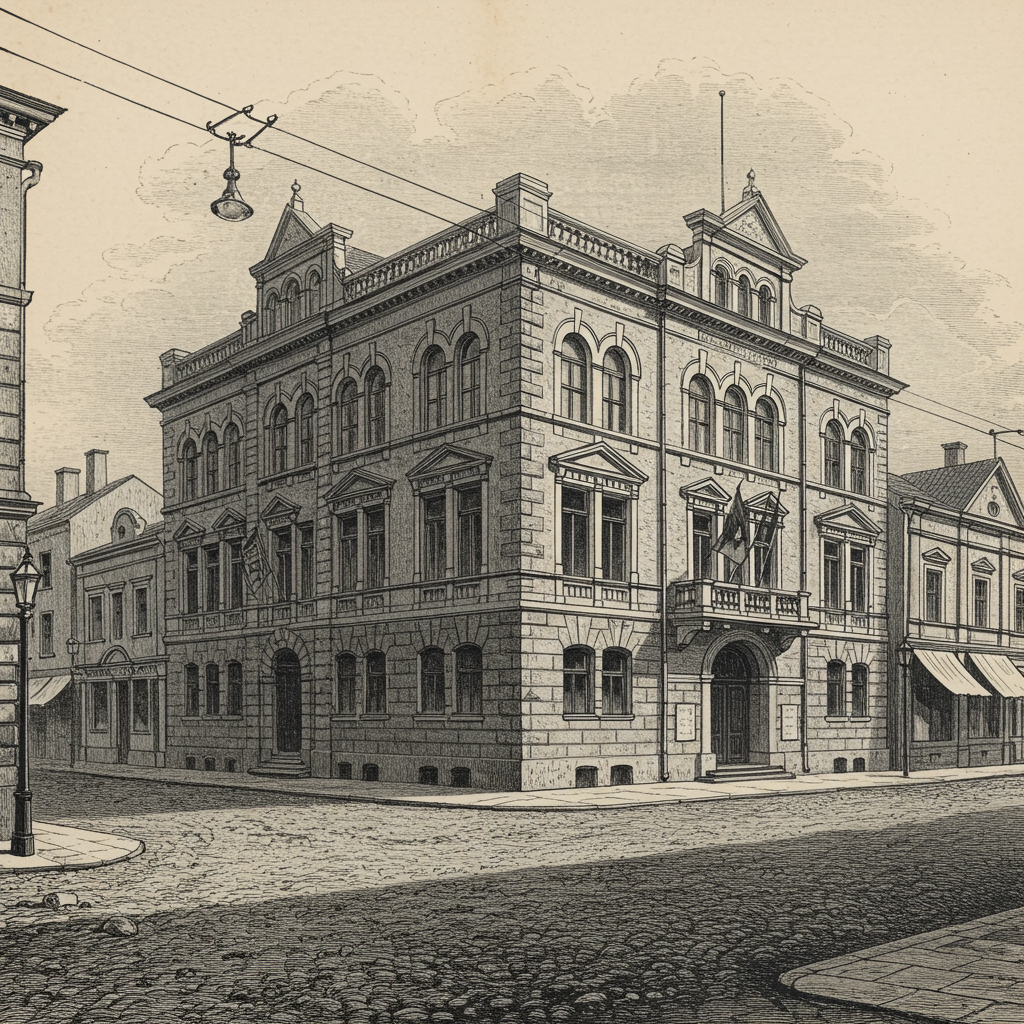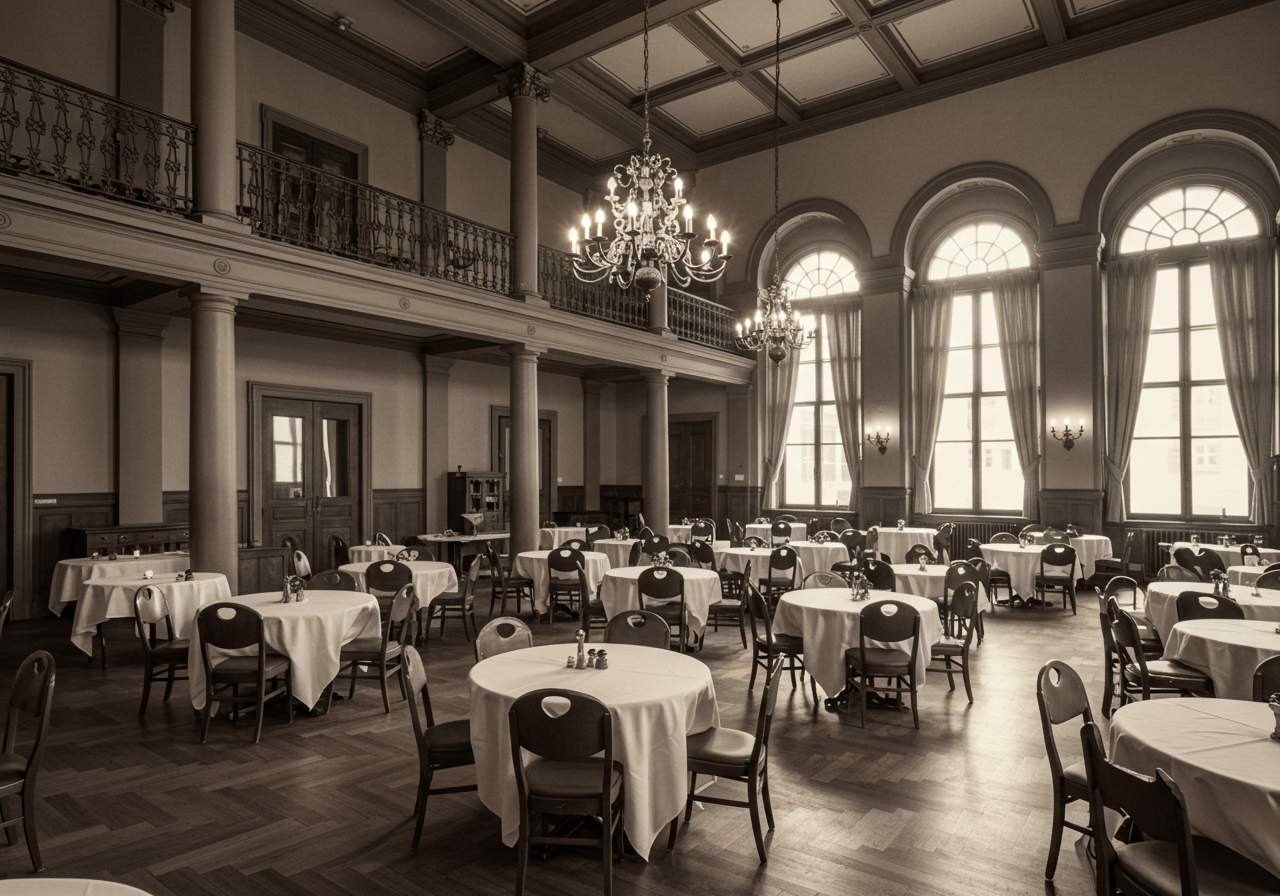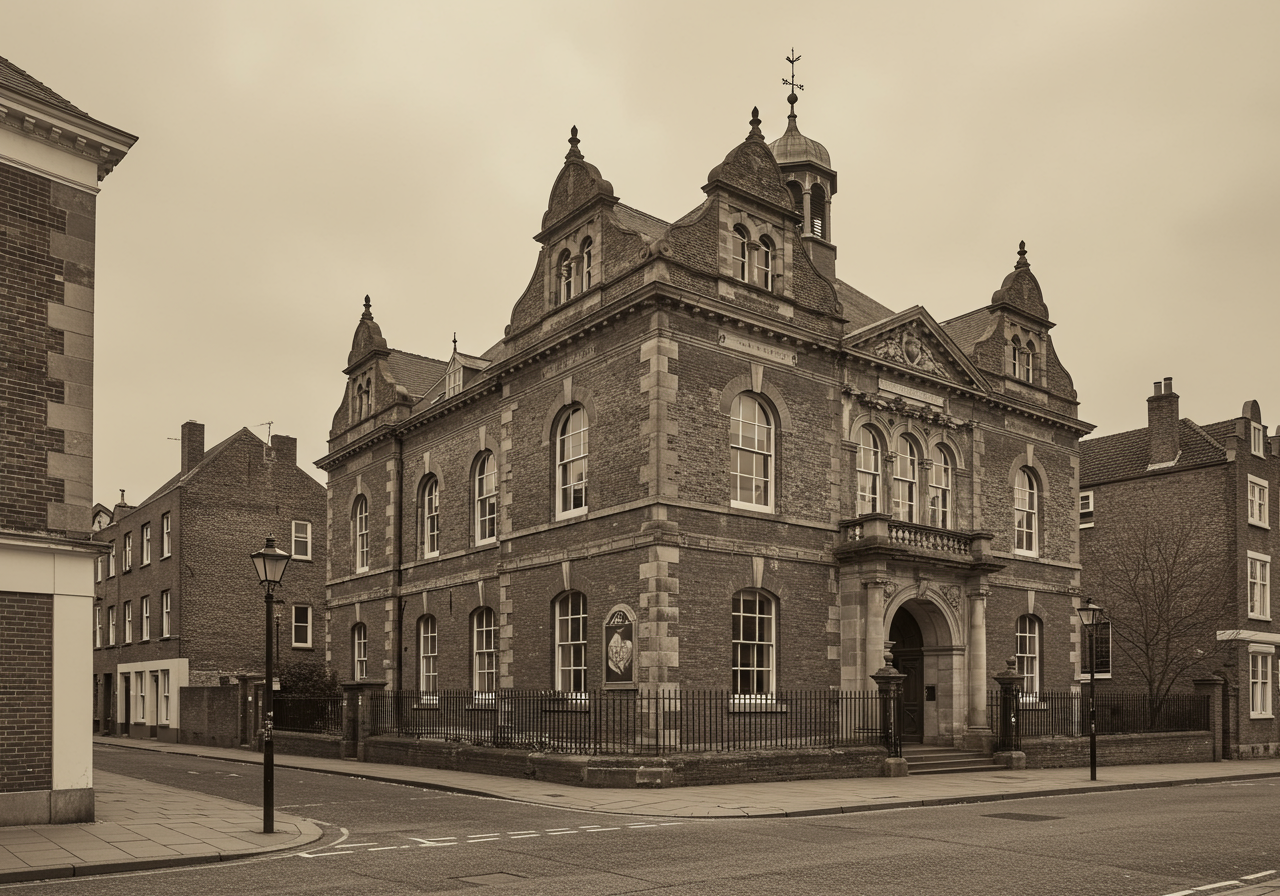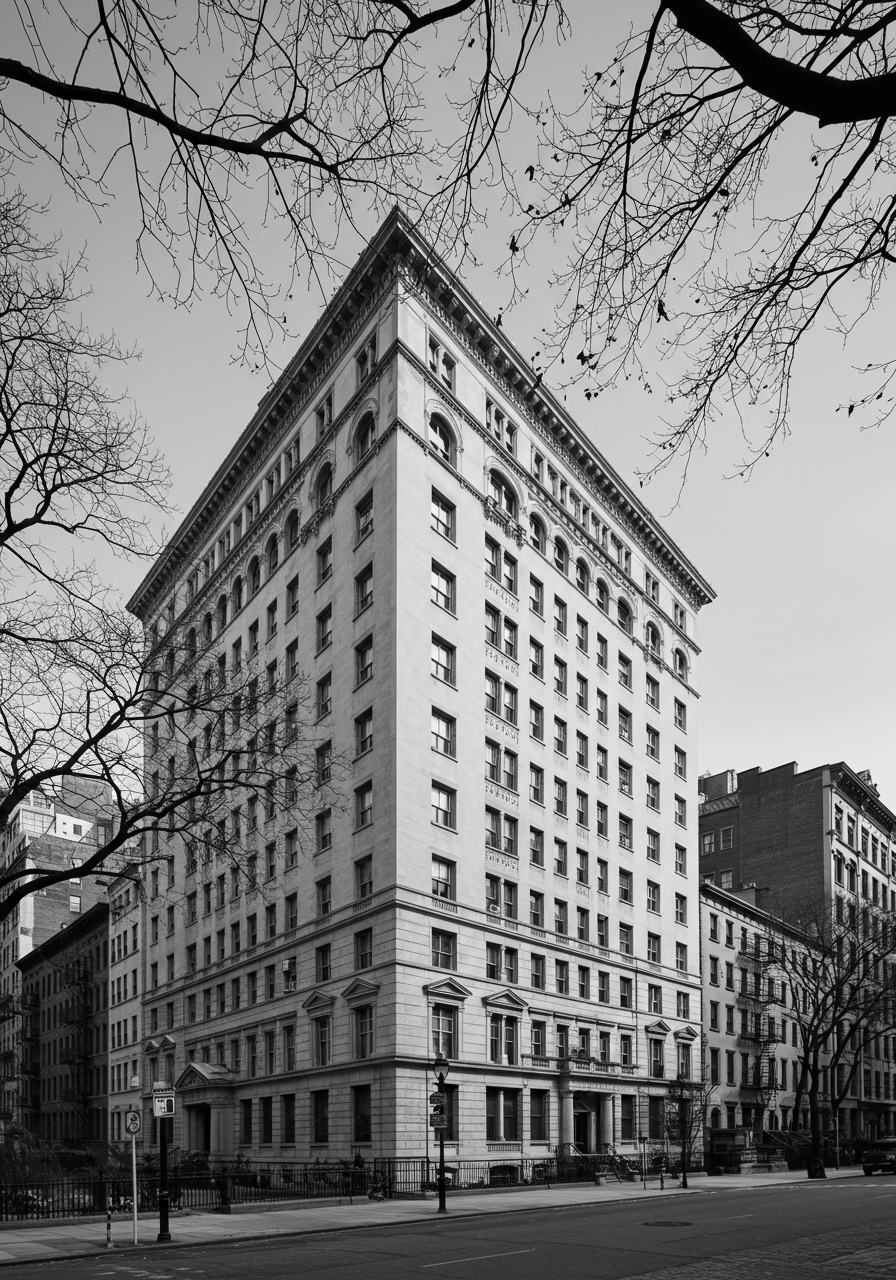Introduction
As the second installation of my series on the history of how the Upper East Side earned its prestigious reputation, this article will cover The Progress Club, one of the first social clubs for affluent Jewish men in New York City. I hope you enjoy!
The Background
In the Gilded Age, induction into one of the City’s exclusive men’s clubs was a rite of passage for many male members of the Manhattan elite. Entrance, however, was more than just a matter of one’s bank statements—one’s family history and social status were heavily weighted, and religion was a core concern.
Historic clubs such as the Knickerbocker Club, which today sits on the corner of 5th Avenue and East 62nd Street, were administered primarily by Episcopalians who dominated New York City’s exclusive upper echelon. Seeing as the existing clubs were so selective with their membership, New York City’s emerging wealthy Jewish elite had to carve out a space for themselves and accordingly founded The Progress Club in 1864—one of the first clubs for the New York City Jewish aristocracy.
The Progress Club
The newly established club turned to Jewish immigrant architect Alfred Zucker to design its new home. Though Zucker’s work in New York City had been focused around the emerging mercantile district downtown on Broadway in SoHo, he took on the task of creating the new Italian Renaissance-styled clubhouse. The design was embellished yet restrained, commanding, and still elegant. Design concepts earned the praise of the New York Times in March of 1888 wherein the building was referred to as being "from an architectural point of view, the finest clubhouse in the city."
The Progress Club’s new headquarters would stand at the corner of Fifth Avenue and East 63rd Street, where the prestigious cooperative 820 Fifth Avenue stands today. It was one of the first clubhouses in an area that would later become home to other prestigious clubs such as JP Morgan’s Metropolitan Club and the Knickerbocker Club as Manhattan’s elite continued their migration uptown.
On November 28, 1888, the cornerstone was ceremonially laid as the President, Mr. Simon Goldenberg, placed a box containing coins, literature, and a copy of the club’s charter inside.
The Times rallied excitement and built up public anticipation for the yet-to-be-unveiled clubhouse and estimated the cost to be approximately half a million dollars. By the time of its completion in 1890, the final cost was $600,000 which is equivalent to over $20 million dollars today.
The club had spared no expense—the structure was even more impressive on the inside than it was on the out. Within the four-storied structure, a wealth of decadent rooms provided its guests with every form of entertainment and convenience: bowling alleys, billiards rooms, ladies’ parlors, drawing rooms, committee rooms, dining rooms, and the list goes on. The most impressive of them all, however, was the grand ballroom which measured 88 feet in length at 65 feet across with ceilings reaching up 34 feet. Even the famed Mrs. Astor would have surely had her curiosity aroused.
Sadly, after only 10 years, the club’s committee elected to purchase a new property on the corner of Central Park West and 88th Street. By 1901, the club had already sold the property to a millionaire by the name of James B. Haggin who had made his money after the California Gold Rush and intended to replace the clubhouse with an even more decadent mansion. Haggin, however, ended up moving into another home just a block north of the old clubhouse—1 East 64th Street, the Crocker family’s palatial residence.



